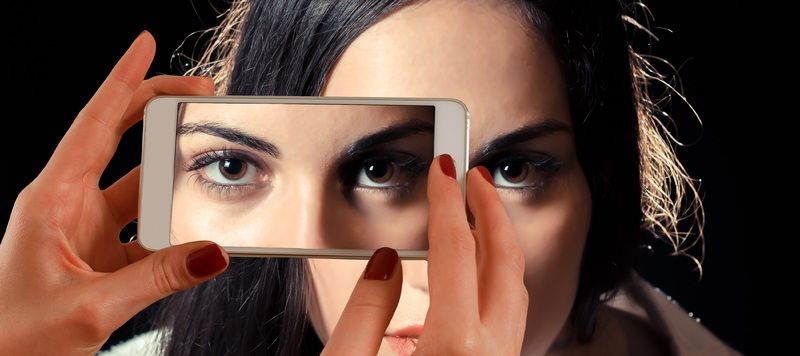Saggy, puffy, dark eyes make you look tired and ill. When people look at you sadly and ask if you’re OK, it’s time to do something about them. If we were paid each time someone asked us – “didn’t you get any sleep last night?” or enquire after your health, we would be millionaires by now.
When we have puffy eyes or dark circles, we tend to blame it on genes or our lifestyles and simply slather on eye creams in the hope of rectifying things. But take a step back.
For starters – dark circles, puffy eyes and bags under the eyes are not the same thing (as most of us have believed all these years). They are in fact, three distinctly different issues and each has to be understood and dealt with in different ways.
Understanding the difference between dark circles, puffiness of the eyes and bags under the eyes is the first step to dealing with any of these issues.
Those dreaded dark circles
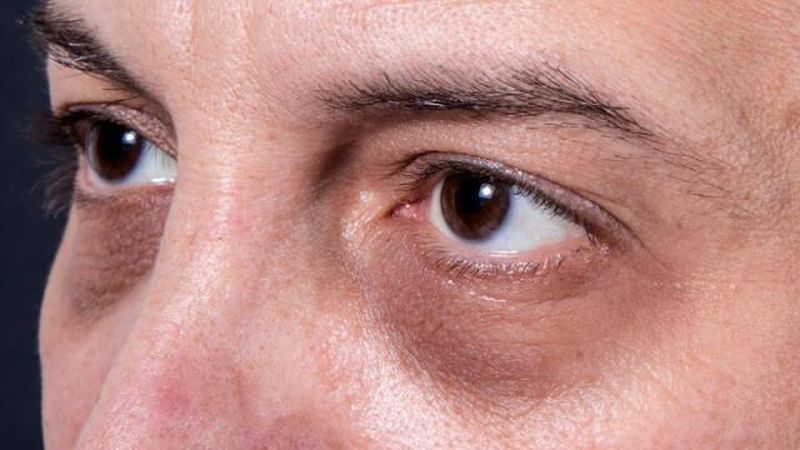
There are two main causes of dark circles under your eyes –your genes and your skin tone. Take a look at your face in the mirror. How the skin under your eyes looks depends on how translucent and how much subcutaneous fat is present in the area below your lower eye lid.
The thinner your skin and lesser the fat, the more the veins from below will begin to show. This results in the bluish/purplish hue under the eyes. This looks intense on people with light-coloured skin. The darkness tends to be aggravated with a lack of sleep which results in the blood flow in veins around the eyes becoming congested. The resultant fluid build-up makes the circles darker.
For people with darker skin tones, extra pigment production around the eyes causes darkening. There is nothing you can do about this, but wearing sunscreen helps to avoid worsening the situation. Whitening and bleaching creams will do nothing to help as they cannot change your genes.
Added to this is the way your face is shaped. Deep tear troughs that spread widely across under the eyes can result in shadows, making circles look darker. The trough tends to deepen with age.
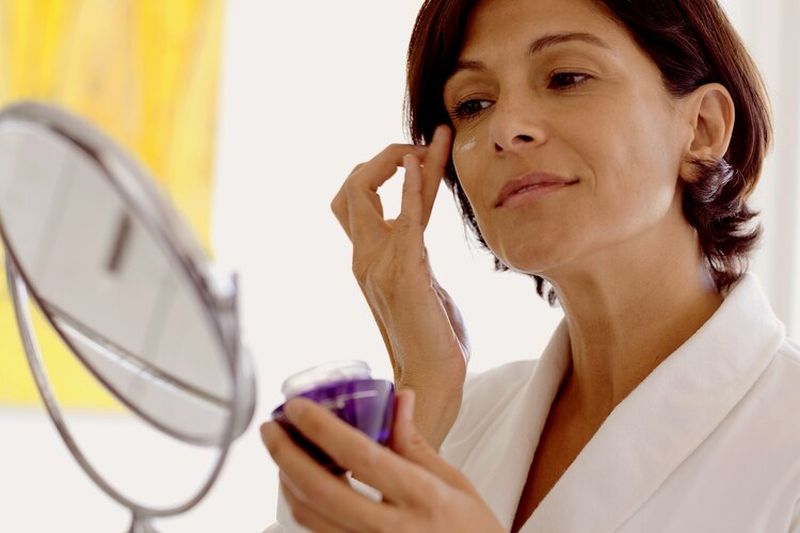
What you can do: Topical retinoids are your best bet. Prescription ones help with thickening the skin under the eyes, reducing darkness. Creams with hyaluronic acid hydrate, encourage collagen and elastin production and overall pep up the skin. Creams with a good dose of caffeine also helps brighten tired eyes. Going a step further are also hyaluronic acid filler injections that you can consider, as well as laser procedures. These however have to be used with caution and are not permanent.
Some people also swear by a healthy diet and lots of vegetables. Green leafy vegetables are packed with vitamin K, which helps with blood circulation. This may help to increase the blood flow in the area. A lack of vitamin D can also add to dark circles, so make sure you’re getting your daily exercise out in the sun.
The woes of puffy eyes
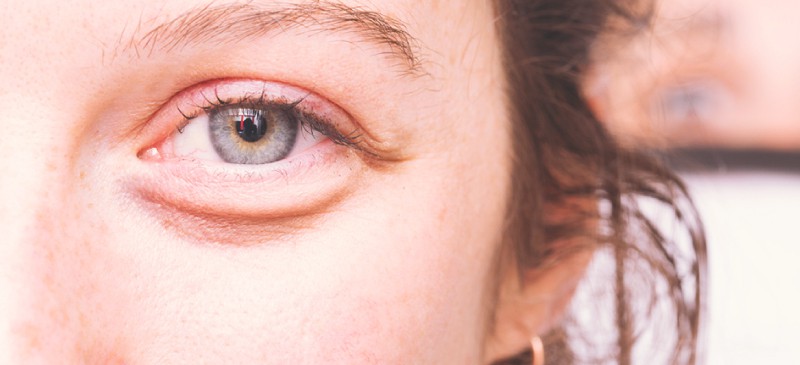
Puffy eyes are simple to understand – your eyes tend to swell up temporarily. You will see this if you are prone to seasonal allergies, if you have spent a night on the town and are nursing a hangover, or if you haven’t slept enough. Puffiness is usually at its worst in the mornings and accumulated fluids drain out as you go through your day.
A little-known fact is that puffiness can also result from heavy face moisturisers that are applied to sensitive under-eye skin. The area around the eye often does not need the same amount of cream as the rest of your face. Once it absorbs as much as it can, the remaining sits heavy and eventually finds its way into your eyes, causing puffiness.
What you can do: The simplest approach is to ensure you get all the sleep you need and also keep hydrated with plenty of water to avoid fluid retention. Use creams formulated specifically for the eyes and with ingredients like peptides, antioxidants, hyaluronic acid as these will reduce puffiness and keep it at bay. Using plant-based creams with a mix of natural oils also helps, or try Okana’s cooling gentle toner.
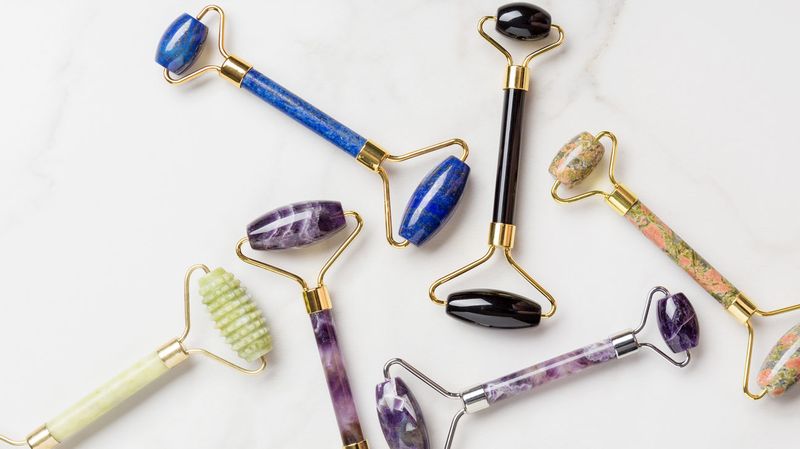
Using a metal roller to gently apply creams will promote flow of blood and reduce any lymphatic build-up. Always keep a metal teaspoon in the fridge handy. A quick remedy is to use the cold spoon to apply your cream. This reduces puffiness instantly. Always ensure that you never apply cream too close to your lash line.
You can also keep a damp washcloth in the fridge or wrap a washcloth around an ice cube. As a quick fix, cooling the area helps to minimise swelling, puffiness and redness. However this is not a long term solution—lots of sleep, drinking enough water and not drinking alcohol are far more effective in the long term.
Bags are to carry, not for your eyes

Bags under the eyes are not about dark circles or puffiness. These bags can happen when there is fat herniation or skin laxity, both of which are genetic or age-related. Most of what is considered bags under the eyes is usually not the case, but it is important to be able to tell the difference. A dermatologist will be able to help with that diagnosis. Keep in mind that bags can start as early as your late 20s.
What you can do: Unfortunately there is not much help to be had for bags other than fillers which may help raise sagging skin. Radiofrequency, which uses heat to push the formation of collagen or elastin is another option.
Knowing the difference between bags, circles and puffy eyes is the first step to dealing with them in the right manner. Although many appearance problems are genetic, you can alleviate a lot of problems with exercise, a great diet, drinking plenty of water and avoiding alcohol and smoking. The more you look after yourself from within, the less you have to invest in external beauty or surgical treatments.
Your eyes are the window to your soul—and also a giveaway if you’ve been unwell or neglecting your health. Spend time on your health and wellbeing now, and coupled with some specialised beauty treatments, you’ll continue to look great.


